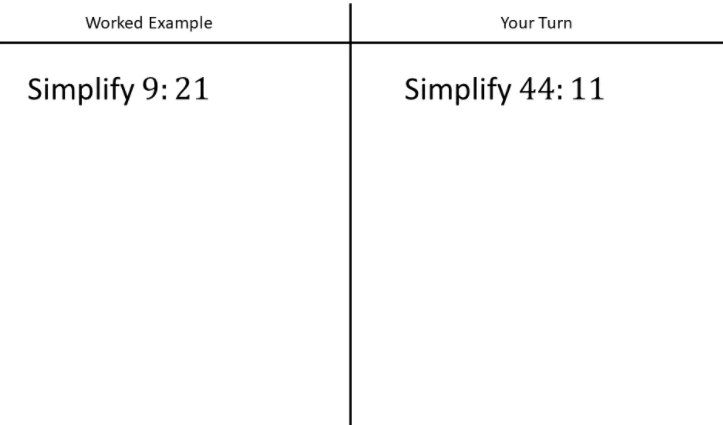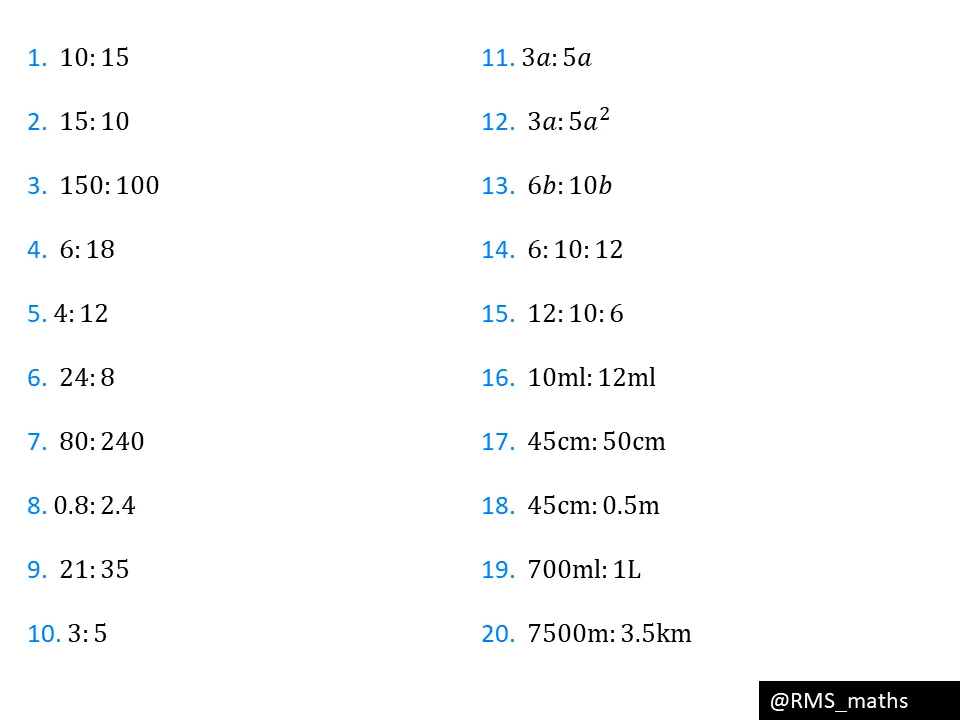Maths - Keep at it… Only a Hundred to Go!
A lot of people remember doing hundreds of very repetitive questions in their maths classes. Is there a point to such repetition?
A lot of people remember doing hundreds of very repetitive questions in their maths classes. Is there a point to such repetition?
Everyone has experienced it before. In fact, everywhere in the world, worksheets tend to look like this:

These are the common features of such worksheets:
-
A) The questions focus on one specific skill - in this case to practice arithmetic with negative numbers. They are formulaic on purpose as they try to isolate one particular skill set.
-
-
B) The questions may increase in difficulty, but are more likely the same kind of question that is constantly repeated. In fact, many of these worksheets are made by random generators.
It would be absurd to think that worksheets like this are not useful - all these maths teachers must have something in mind when they give them out. These are some of the benefits:
-
A) They create a space where students practice procedural understanding of key concepts. This is important as students may need to be confident in certain skills in order to access more complex mathematical concepts. For example, it would be hard for you to understand how a car works if you have to think very carefully about how a wheel works - you simply do not have enough mental power to think deeply about both things at the same time. Therefore, if we automate our thinking about the wheel, we can free up some of our working memory so that we can focus on more complex things, like the engine, etc. In maths, we achieve this by routine practice.
-
-
B) Questions like this also create room for rapid mathematical development. It is much easier to do lots of the same question than to do a small number of very different questions.
-
However, worksheets like this also have their disadvantages. Most notably, they are boring and reduce maths to a set of procedures. They can reinforce concepts, but they do so in a blunt way and they do not effectively develop new ones.
There are lots of solutions to this. My favourite is publicized by a great maths teacher called Craig Barton on his www.variationtheory.com website. I will show an example.
The example focuses on ´simplifying ratio´. These can be simplified by dividing/multiplying each side by the same constant: e.g. 9:21 becomes 3:7 when you divide both sides of the ratio by three.

Now come the questions.

Do they seem random? They definitely do, but they are in fact very carefully chosen.
Some students will need a lot of practice with this skill. They can do so by treating these questions like the randomly chosen ones that I discussed before. Sometimes this is simply necessary.
However, some students will see a “natural” progression of questions: how is 10:15 different to 15:10? In what ways is the question “the same”?
And what about the ratios 15:10 and 150:100? We can have a discussion about this too - the fact that the questions are following each other suggests a pattern that can be explained.
Sometimes, our intuitions about a pattern are wrong: for example, 15:10 and 20:15 (we added 5 to each side) will end up being very different ratios although they look like they should be the same. In any case, an explanation is needed and this is a great learning opportunity.
The questions are no longer based on “how do I do this” but are more about “how are these questions interlinked”.
This is all done by slowly changing the question until the end question is very different. This way, students gain awareness of the parts of the questions that are important and eventually, without realizing, they manage to do really abstract questions involving different units and even abstract algebra. All of this is done through a seamless transition from one question to another.
This approach is not new and is not unique to mathematics. My friend who studies law at Oxford University told me that the lecturers start with a simple case (e.g. a man robs another person) and then they start adding complexity to have a discussion about what is different each time. For example, does the case change when the man is hungry? Does the case change when the man uses a fake gun instead of a real one? Does the case change when the person who is robbed is pregnant? Why?
In maths too - you can get to complex maths quickly using a carefully chosen set of examples. In the end, the journey can be as beautiful as the final result - we might still need to answer a lot of questions, but we might make the process a lot more meaningful in the process.







